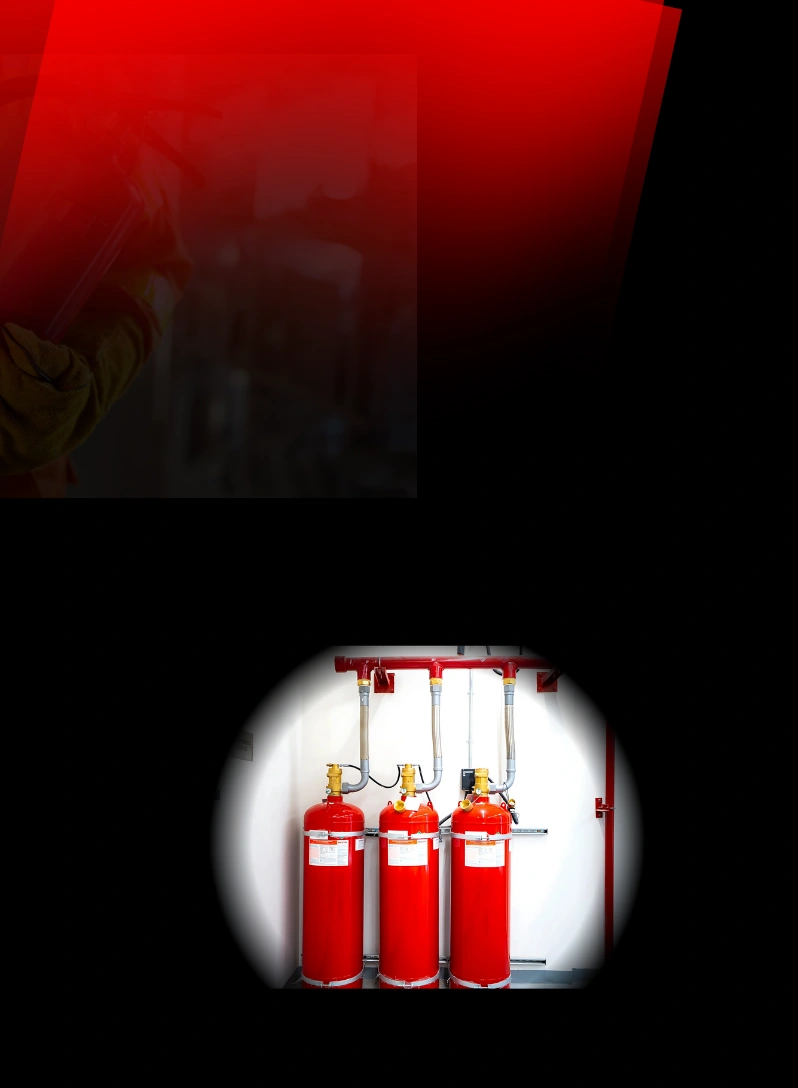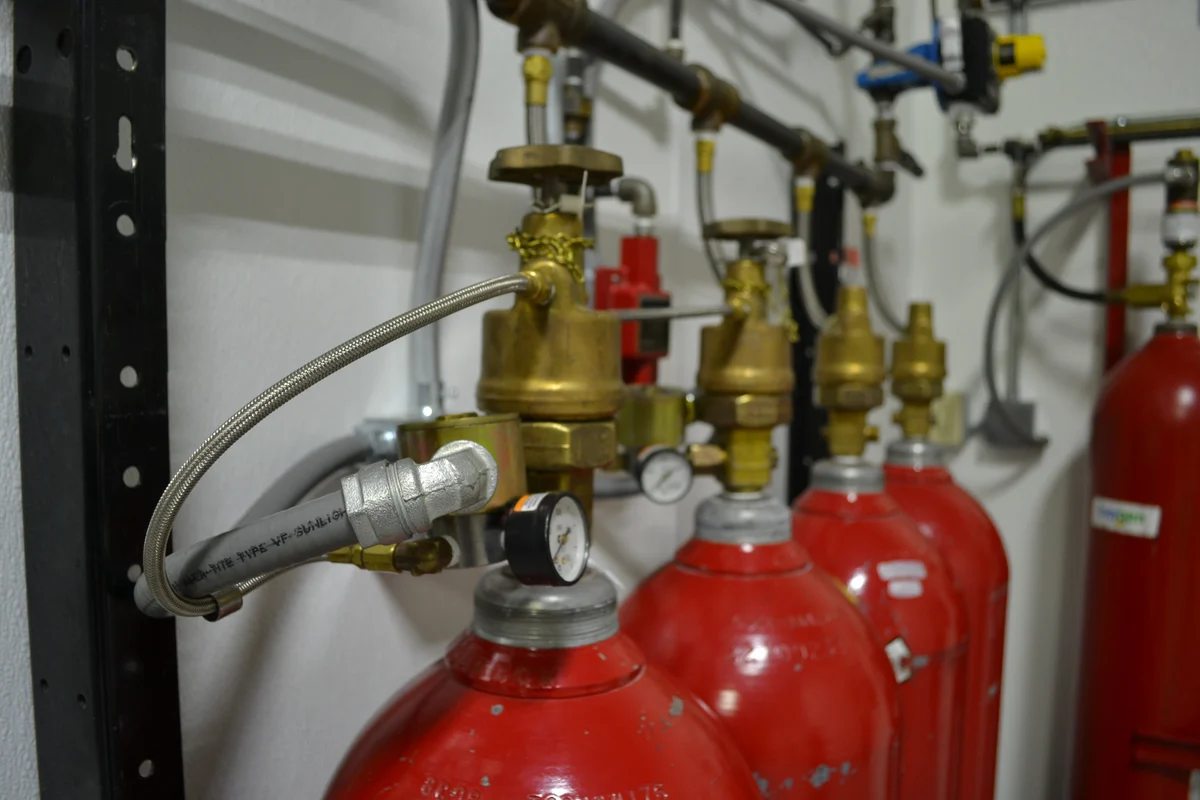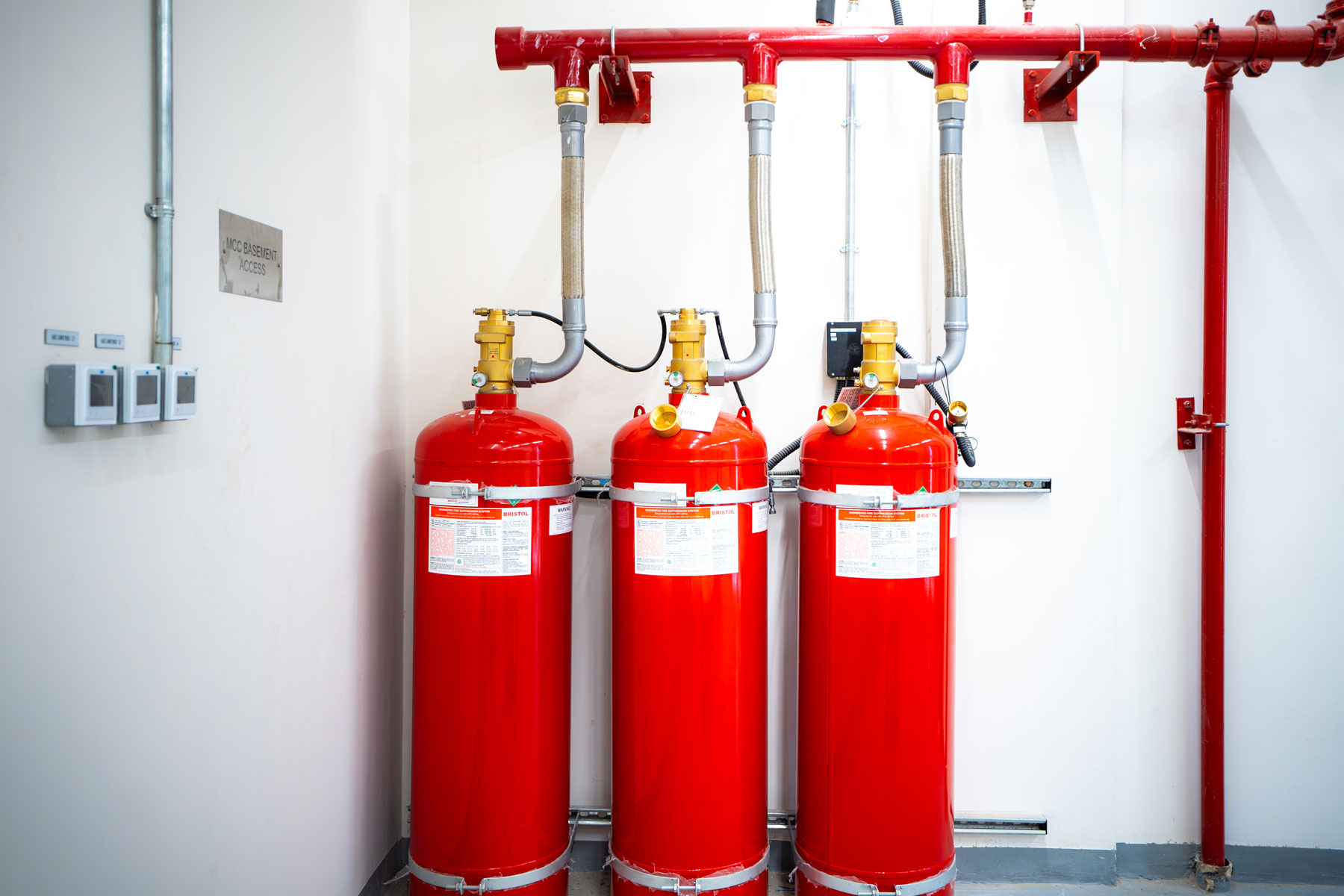
Fire suppression system
Home / Fire suppression system

Fire suppression system
Home / Fire suppression system

Fires pose a significant threat to businesses and properties in the bustling Delhi NCR region. At Zedex Fire, we understand the critical importance of having reliable and effective fire suppression systems in place to safeguard your valuable assets and ensure the safety of occupants. As a leading manufacturer, supplier, dealer, and installer of fire suppression systems in Delhi NCR, Zedex Fire offers a complete suite of advanced fire protection solutions, providing unparalleled protection against fire hazards in Delhi, Noida, Gurgaon, Faridabad, and Ghaziabad. We are proud to be an ISO 9001:2008 certified company, demonstrating our commitment to quality management and customer satisfaction.

Delhi NCR's dynamic environment, encompassing commercial hubs, industrial complexes, data centers, and residential areas, faces diverse fire risks. A well-designed fire suppression system offers numerous benefits:
As a comprehensive provider committed to quality, Zedex Fire manages every stage of your fire suppression system needs, ensuring excellence and seamless integration :
Zedex Fire offers a diverse portfolio of fire suppression systems tailored to meet the unique needs of various applications in Delhi NCR :
The most common and cost-effective solution for a wide range of hazards in commercial, industrial, and residential buildings. As your ISO 9001:2008 certified manufacturer, supplier, dealer, and installer, we offer various types, including:
Utilizing non-conductive, non-corrosive gases that leave no residue, ideal for protecting sensitive electronic equipment, data centers, telecommunication facilities, and archives in Delhi NCR. As your trusted ISO 9001:2008 certified supplier and installer, options include :
Protect your Don't wait for a fire incident to recognize the importance of a reliable fire suppression system. Contact Zedex Fire today for a consultation and let our experts, as your local ISO 9001:2008 certified manufacturer, supplier, dealer, and installer, help you choose, implement, and maintain the best fire suppression solution to safeguard your property and ensure the safety of everyone in your Delhi NCR premises.